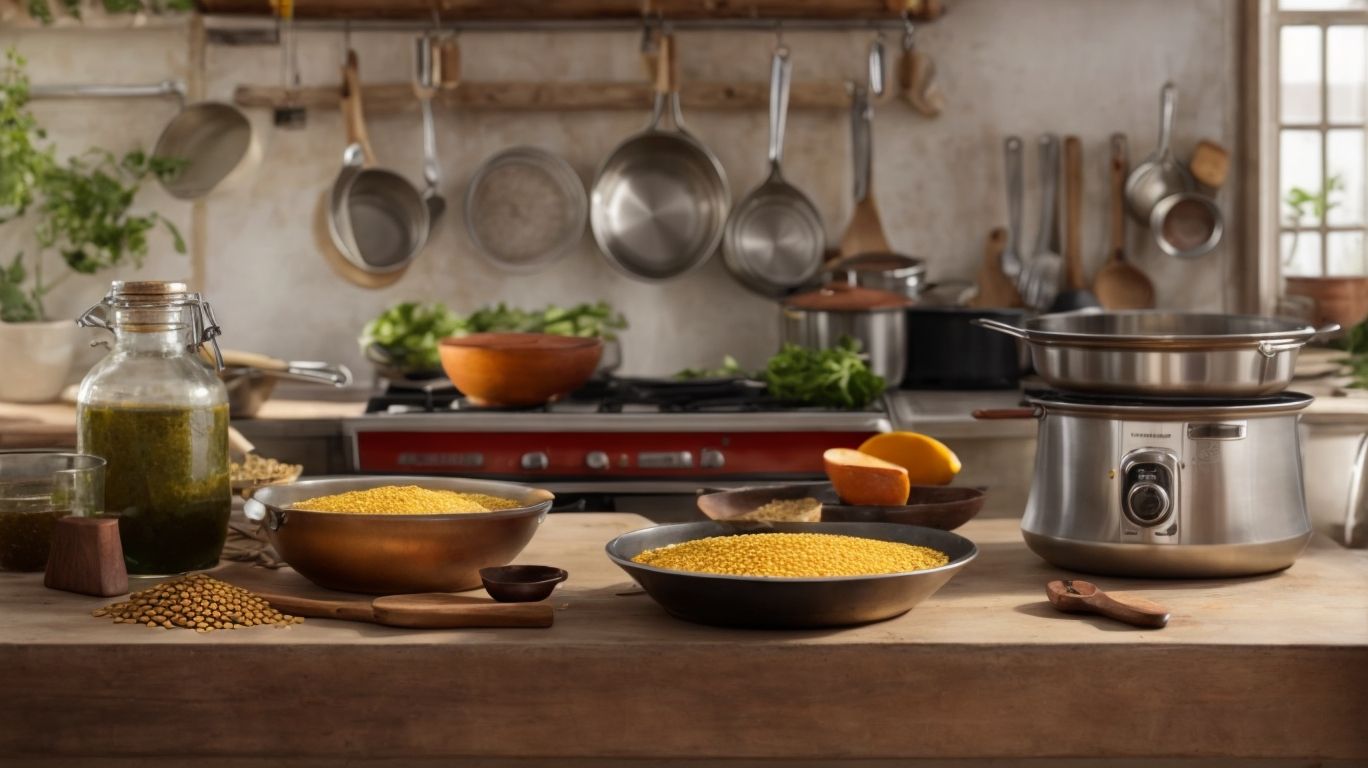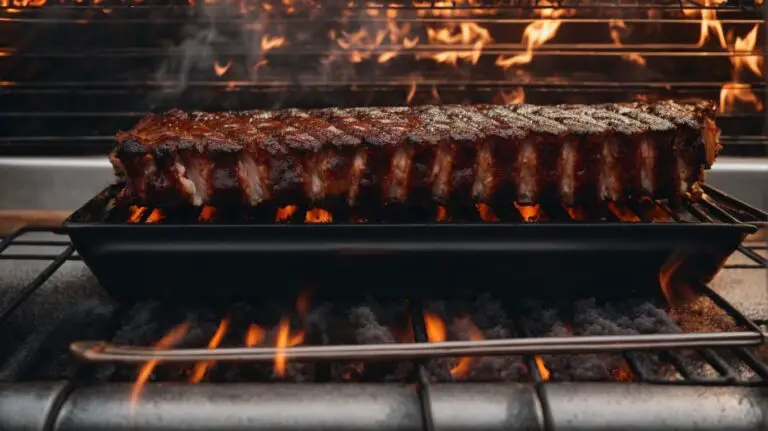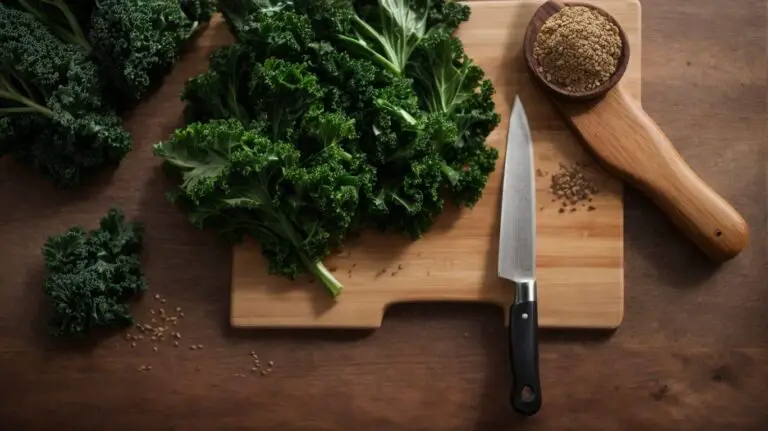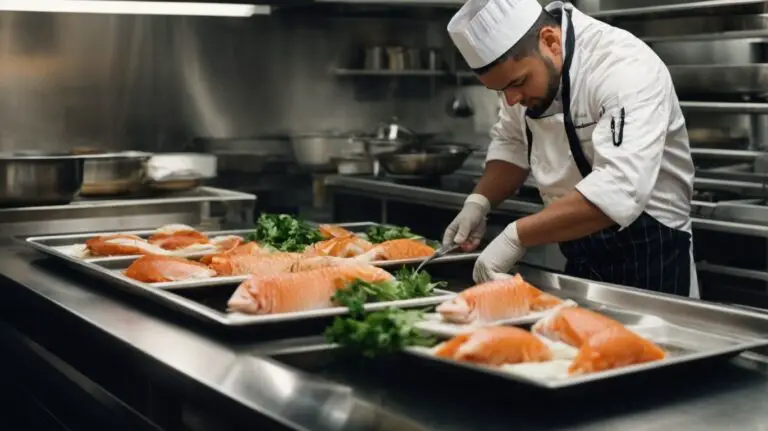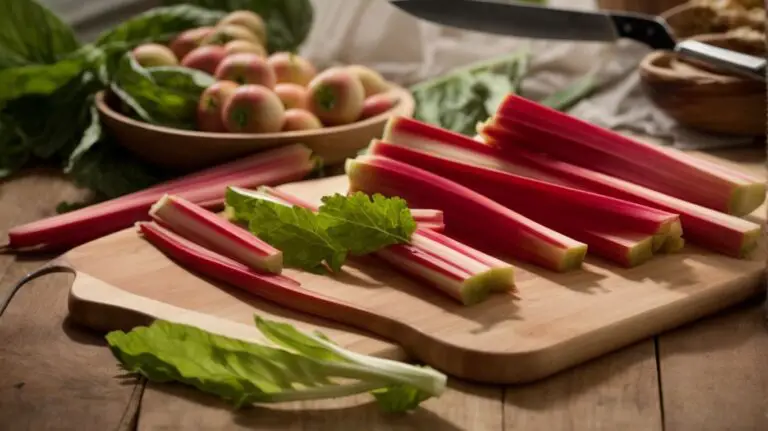How to Cook Dal Without Pressure Cooker?
Are you a fan of dal but don’t have a pressure cooker? Not to worry, as cooking dal without a pressure cooker is easier than you think!
We will explore the different types of dal, the benefits of cooking dal without a pressure cooker, and step-by-step instructions on how to prepare and cook dal without a pressure cooker.
Stay tuned for tips on adjusting cooking times, adding flavor, and final thoughts from culinary expert Chris Poormet. Let’s get cooking!
Key Takeaways:
Who is Chris Poormet?
Chris Poormet, the award-winning Culinary Blogger of the Year and former chef with expertise in food photography, is the creative mind behind Poormet.com, a popular blog dedicated to sharing recipes and culinary tips.
Chris’s passion for food and photography shines through in his visually stunning recipe presentations, making his blog a go-to destination for aspiring chefs and food enthusiasts alike. With a keen eye for detail and a palate for flavors, Chris skillfully combines his culinary knowledge with his artistic flair to create mouthwatering dishes that not only taste exquisite but also look like works of art. Through his blog, Chris aims to inspire and educate his audience on how to elevate their home cooking to a professional level.
What is Dal?
Dal, a staple in Indian cuisine, refers to dried, split pulses or lentils that are cooked to a creamy texture with a blend of spices, creating a dish known for its rich taste and simplicity.
One of the defining characteristics of Dal is its versatility in terms of preparation, as it can be made in various ways across different regions of India. Whether it’s the comforting warmth of a yellow Moong Dal, the earthy richness of Urad Dal, or the spicy kick of a Red Lentil Dal, each variety offers a unique culinary experience.
The texture of Dal can vary from soupy to thick and substantial, depending on the cooking time and technique used. Some recipes call for simmering the lentils slowly to achieve a smooth, creamy consistency, while others may involve tempering techniques to add depth of flavor.
What Are the Different Types of Dal?
In Indian cuisine, various types of dal are commonly used, such as Toor Dal and Moong Dal, each offering distinct flavors and nutritional benefits when cooked with aromatic spices like turmeric, cumin seeds, and mustard seeds.
Toor Dal, also known as Arhar or Split Pigeon Peas, is a staple in Indian households, cherished for its creamy texture and slightly sweet flavor.
On the other hand, Moong Dal, or Split Mung Beans, has a lighter taste and cooks faster compared to other dals, making it perfect for quick meals.
These dals not only add richness and depth to dishes but also provide a good source of protein, fiber, and essential nutrients.
Why Cook Dal Without a Pressure Cooker?
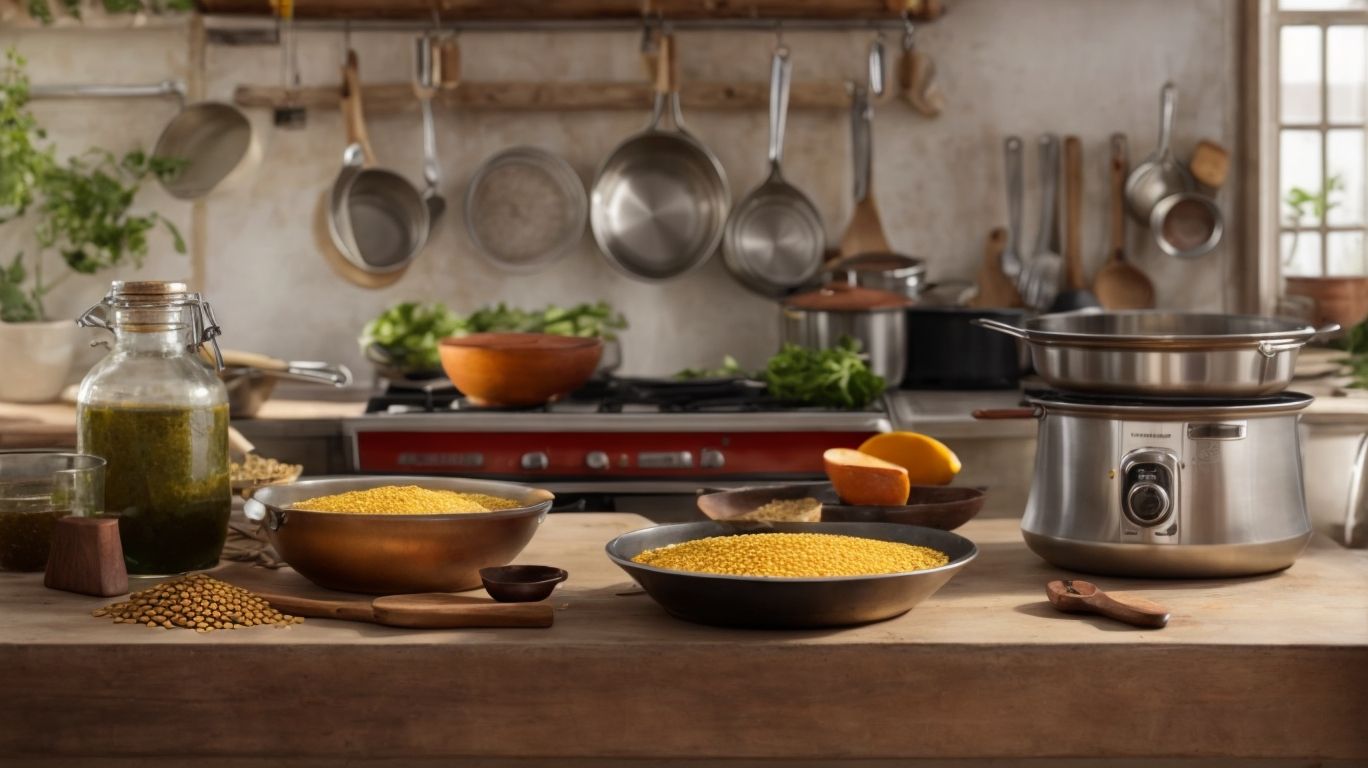
Credits: Poormet.Com – Adam Davis
While pressure cookers offer convenience and speed, cooking dal without a pressure cooker allows for precise control over heat levels on a stove, enabling gradual boiling and simmering essential for flavor development and texture consistency.
Traditional stovetop cooking for dal also promotes a hands-on approach, giving the cook the opportunity to visually monitor the dish’s progress and make adjustments as needed. The slow cooking process enhances the infusion of spices and aromatics into the lentils, resulting in a richer and more complex flavor profile.
Heat control is crucial in coaxing out the natural flavors of the dal, and the methodical simmering ensures that the lentils are cooked evenly without losing their shape or turning mushy.
Benefits of Cooking Dal Without a Pressure Cooker
Cooking dal without a pressure cooker allows for the infusion of flavors from spices, aromatic ingredients like onions and ginger-garlic paste, and the gradual absorption of water, resulting in a richly flavored dish that showcases the essence of traditional cooking methods.
By opting for the traditional method, you have the opportunity to control the cooking process more attentively, ensuring that each spice and ingredient releases its essence slowly, enhancing the overall taste and aroma of the dish.
- This method allows the flavors to meld together more harmoniously, creating a depth that is difficult to achieve in quick-cooking methods.
- When you sauté the onions and ginger-garlic paste in ghee until they caramelize slightly, it adds a bolder flavor dimension that permeates the entire dish.
- The gradual simmering process helps tenderize the dal, resulting in a creamy texture that is immensely satisfying.
When Should You Avoid Using a Pressure Cooker for Dal?
Avoid using a pressure cooker for dal when aiming for a specific texture or when time is not a limiting factor, as traditional cooking methods on a stove allow for precise texture control and gradual flavor development.
When cooking dal on a stove, you have the advantage of monitoring the consistency visually, adjusting the heat to ensure a perfect simmer. This gentle cooking process helps the dal beans break down slowly, resulting in a creamier and richer texture. Unlike the uniform rapid cooking in a pressure cooker, stovetop cooking allows the flavors to meld gradually, enhancing the overall taste of the dish.
How to Prepare Dal for Cooking?
Preparing dal for cooking involves essential steps like soaking the lentils, washing them thoroughly, and ensuring the availability of key ingredients such as turmeric and fresh coriander leaves for added flavor and aroma.
Before cooking dal, it is crucial to soak the lentils according to the variety used. Different types require varying soaking durations to achieve the desired consistency. For instance, whole lentils may need longer soaking compared to split ones. Selecting high-quality lentils enhances the overall taste of the dish. Carefully pick through the lentils to remove any debris or stones that might be present from processing. The incorporation of aromatic spices like turmeric not only adds a vibrant hue but also infuses a warm earthy flavor into the dish. Fresh coriander leaves, when added at the right moment during cooking, provide a burst of freshness and a delightful finishing touch to the dal.
What Ingredients Do You Need?
To cook delicious dal, gather essential ingredients such as lentils, aromatic spices, ghee for richness, onions and tomatoes for depth of flavor, and salt to enhance the overall taste profile of the dish.
When selecting lentils for your dal, consider options like yellow split peas, red lentils, or moong dal, each bringing a unique texture and taste to the dish. The aromatic spices, including cumin, coriander, turmeric, and garam masala, add layers of complex flavors.
Ghee acts as a key element in Indian cooking, providing a rich, buttery taste that elevates the dal. Sauteed onions and tomatoes create a flavorful base for the dish, enhancing its savory elements.
Don’t overlook the importance of fresh ingredients. Opt for ripe, juicy tomatoes and pungent onions to impart a vibrant taste to your dal.
How to Soak Dal?
Soaking dal before cooking is crucial to reduce cooking time and improve digestibility, ensuring to cover the lentils with sufficient water and allowing them to rest for the specified duration to achieve optimal results.
When soaking dal, the general rule of thumb is to use approximately three times the amount of water to dal. This ample water helps the lentils swell and soften uniformly. It is recommended to soak dal for at least four hours to overnight, depending on the variety. The longer soak time facilitates the breakdown of complex sugars, making the dal easier to digest.
How to Cook Dal Without a Pressure Cooker?
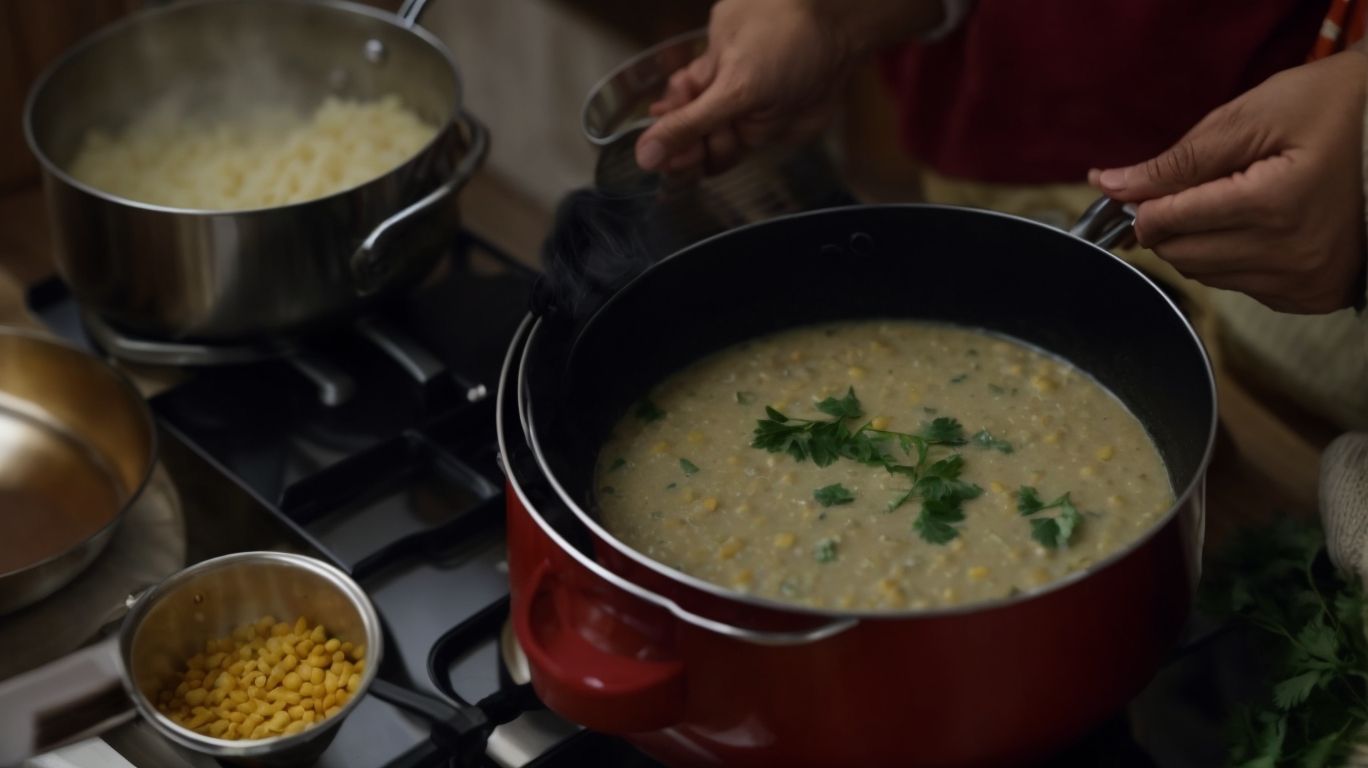
Credits: Poormet.Com – Ethan Perez
Cooking dal without a pressure cooker involves simmering the lentils over gentle heat with the infusion of aromatic spices like cumin seeds, a touch of ghee for richness, and turmeric for vibrant color and flavor enhancement.
Once the lentils are washed and soaked, they are ready to be cooked in a saucepan. Begin by adding the soaked lentils to the pan and covering them with water. Bring the mixture to a boil over medium heat, skimming off any foam that rises to the surface.
After the initial boiling, lower the heat and let the dal simmer gently. This slow cooking process allows the flavors to meld together, creating a rich and hearty dish. Stir occasionally to prevent sticking and ensure even cooking.
With the addition of spices like coriander, ginger, and chili powder, the aroma fills the kitchen, tantalizing the senses. The final touch of ghee adds a luxurious finish, enhancing the overall taste profile of the dal.
Step-by-Step Instructions
Follow these step-by-step instructions to cook dal without a pressure cooker, ensuring optimal heat management, proper ingredient incorporation, and regular monitoring for desired texture and consistency.
Cooking dal traditionally starts with rinsing the lentils thoroughly to remove impurities and excess starch. Use a ratio of 1:2 dal to water for a thicker consistency or 1:3 for a more soupy texture. In a heavy-bottomed pot, add the washed dal and water along with salt, turmeric, and any desired spices. Bring the mixture to a gentle boil, reduce the heat to a simmer, cover the pot, and let it cook for about 45 minutes to an hour, stirring occasionally.
Adjust the seasoning as needed and allow the dal to simmer uncovered for an additional 10-15 minutes to thicken the consistency. The slow cooking process helps develop the flavors and meld the spices with the lentils, creating a rich and aromatic dish.
How to Check If Dal is Cooked?
To determine if dal is cooked to perfection, assess its texture for softness, taste for seasoning balance, and the overall cooking time to ensure thorough preparation without overcooking or undercooking the lentils.
When checking the texture of cooked dal, aim for a tender yet firm consistency, indicating that the lentils have softened but still hold their shape without turning mushy. Taste-testing plays a crucial role, as the dal should be seasoned adequately with salt, spices, and any additional flavorings to enhance its taste profile. Keep a close eye on the cooking time, ensuring that the lentils are neither underdone nor overcooked, with a balance that brings out the ideal blend of flavors and textures.
Tips for Perfectly Cooked Dal Without a Pressure Cooker
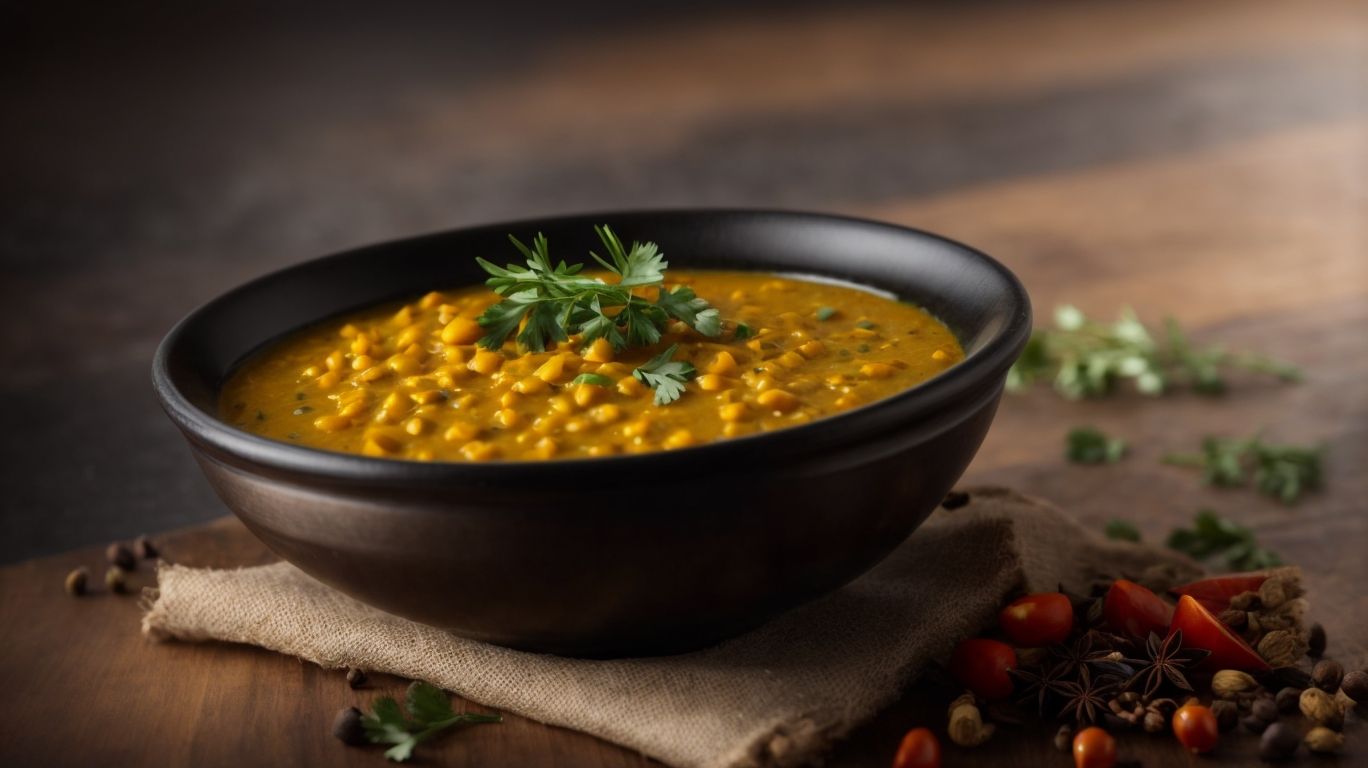
Credits: Poormet.Com – James Wright
Achieve perfectly cooked dal without a pressure cooker by adjusting heat levels as needed, infusing aromatic spices for enhanced flavor, and incorporating ghee and mustard seeds for a touch of richness and texture enhancement.
How to Adjust Cooking Time for Different Types of Dal?
To adapt cooking time for different types of dal, consider the lentil variety, size, and pre-soaking requirements, adjusting the simmering duration accordingly to achieve the desired texture and doneness for each type of dal.
When cooking smaller dal varieties such as moong or masoor, reducing the simmering time can prevent them from turning mushy. On the other hand, larger lentils like kidney beans may require longer cooking times. Pre-soaking certain dals, like chickpeas or black lentils, not only reduces the cooking time but also aids in better digestion. It’s essential to understand the characteristics of each dal type to ensure they are cooked to perfection, balancing the cooking times with the desired firmness or tenderness.
How to Add Flavor to Dal Without a Pressure Cooker?
Enhance the flavor of dal without a pressure cooker by incorporating aromatic spices like cumin seeds, fresh ingredients such as coriander leaves, and adjusting seasoning levels to create a delectable dish that tantalizes the taste buds.
To further elevate the taste complexity, consider adding a pinch of garam masala towards the end of the cooking process, infusing the lentils with layers of warmth and depth. Experiment with whole spices like cardamom pods and cloves, tempering them in hot oil to release their essence before blending them into the simmering dal.
For a burst of freshness, garnish your dal with lime zest or minced fresh ginger, adding a zesty twist that brightens up the entire dish. Balancing the sweetness of caramelized onions with a hint of tang from tomatoes can also enhance the overall flavor profile.
Conclusion
The art of cooking dal without a pressure cooker yields a flavorful, creamy dish that embodies traditional flavors and textures, showcasing the timeless appeal of this simple yet soul-satisfying recipe.
When preparing dal without a pressure cooker, one can experience the deep, rich aromas that slowly infuse the dish as it simmers on the stove, creating a tantalizing scent that fills the kitchen. The method requires patience and attention to detail, allowing the lentils to soften gradually and absorb the aromatic spices and seasonings. This slow cooking process results in a velvety smooth texture that melts in your mouth with each spoonful. The flavors meld together harmoniously, delivering a dish that is both comforting and satisfying.
Final Thoughts from Chris Poormet
As a seasoned culinary expert, Chris Poormet shares his final thoughts on preparing dal without a pressure cooker, offering valuable insights, recipe tips, and innovative cooking methods to elevate your dal-making journey.
When cooking dal without a pressure cooker, one of the key aspects is to soak the lentils beforehand to ensure they cook evenly and tenderly. This simple step helps in reducing the cooking time and achieving a creamy texture in the dal.
Experimenting with different spices and flavor profiles can add depth and complexity to your dal dish. Chris Poormet recommends blending whole spices for a fresher and more aromatic taste. A touch of garam masala or freshly chopped cilantro can also enhance the overall flavor.
Frequently Asked Questions
How to Cook Dal Without Pressure Cooker?
Can I cook dal without a pressure cooker?
Yes, you can cook dal without a pressure cooker. It may take longer, but the end result will be just as delicious.
Do I need any special equipment to cook dal without a pressure cooker?
What equipment do I need to cook dal without a pressure cooker?
You will need a pot with a lid, a stove, and a spoon. That’s all you need to cook dal without a pressure cooker.
Is it necessary to soak dal before cooking it without a pressure cooker?
Do I need to soak dal before cooking it without a pressure cooker?
Soaking dal is not necessary, but it can help soften the dal and reduce cooking time. If you don’t have time to soak, you can still cook dal without a pressure cooker.
How long does it take to cook dal without a pressure cooker?
How much time does it take to cook dal without a pressure cooker?
Cooking time can vary depending on the type of dal and the method used, but on average, it can take 30-40 minutes to cook dal without a pressure cooker.
What is the best method for cooking dal without a pressure cooker?
What is the most effective way to cook dal without a pressure cooker?
The most effective method for cooking dal without a pressure cooker is to first sauté the spices and then add the dal and water to the pot. Let it simmer until the dal is cooked to your desired consistency.
Can I use a slow cooker to cook dal without a pressure cooker?
Can I cook dal without a pressure cooker using a slow cooker?
Yes, you can use a slow cooker to cook dal without a pressure cooker. Simply follow the same steps as you would for stovetop cooking, but adjust the cooking time according to your slow cooker’s settings.

